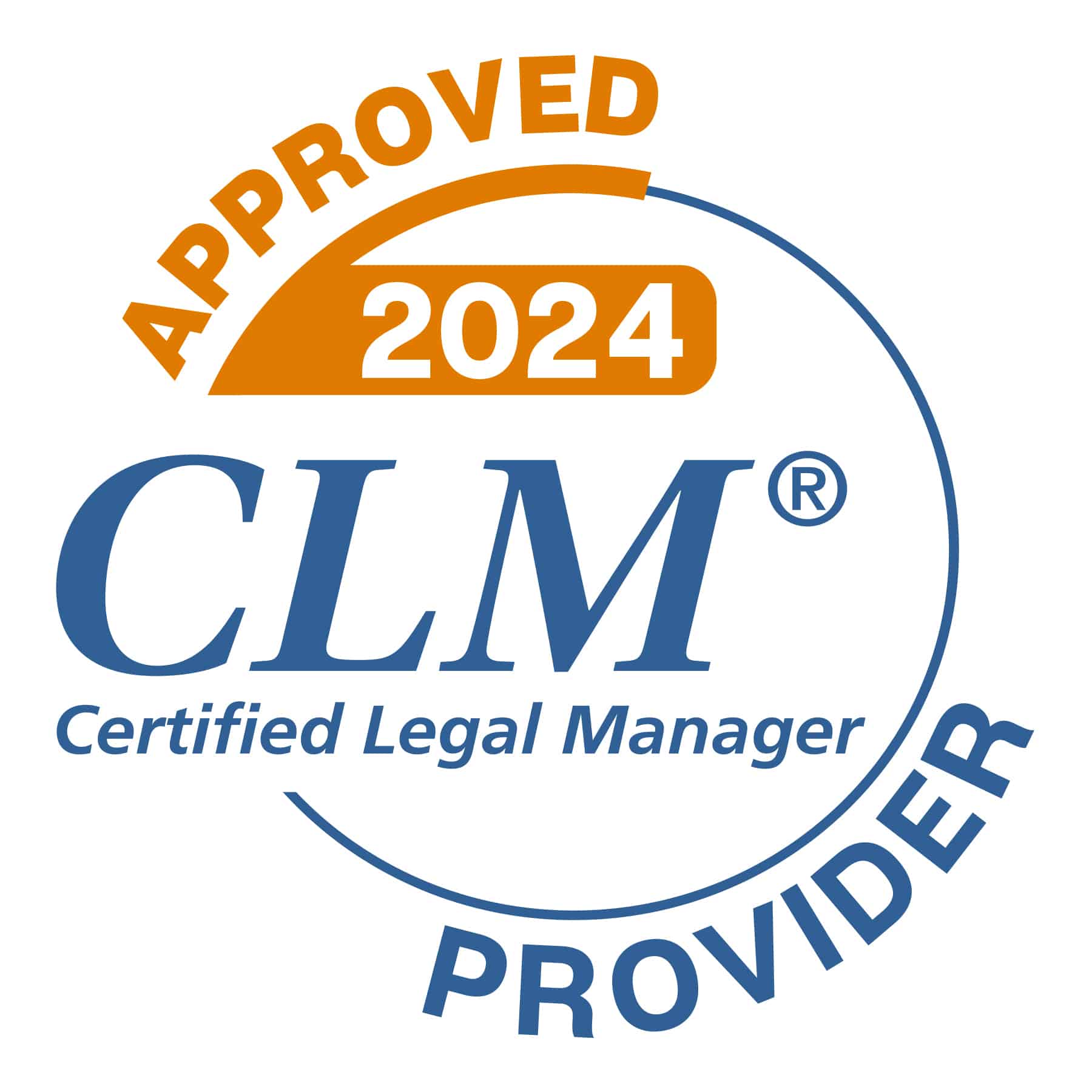
Erik Bolinder is a Boise-based attorney, specializing in Business/Securities/Real Estate for Entrepreneurs and Developers. He had a nagging feeling that the overhead he covered at his Biglaw firm was not making fiscal sense. He opened his own small law firm – with one other partner – late in 2016, lowering his overhead by more than 80% (really) with the help of LeanLaw.
We wanted to examine his experience as a case study in how to create a lean law firm.
Good Stuff First: Overhead
“It’s been an eye opener. I have worked at big law firms and small law firms over the past 25 years.”
Bolinder’s overhead at the full-service big law firm was a little over five times the amount he covers now – with everything included: rent, software, office equipment, supplies, insurance, etc. Yes, he no longer has the kind of staff or luxe office he used to, but still has a beautiful office in downtown Boise with plenty of space to grow.
“The overhead is unrealistically low at this point, but we wouldn’t even double that with all the bells and whistles. The primary reason why it’s so low now is that we haven’t done much in terms of marketing. The funny reason for that is because we’ve been so busy!”
Why did you want to move to your own law firm?
“The problem for many transactional lawyers is that so much of the economics of a big law firm are based on an unrealistic number of hours that need to be billed simply to sustain a robust, profitable operation. At 1800 hours/year, a transactional lawyer has to be a well-oiled machine. Given all the tasks and daily disruptions that you cannot in good conscience bill to your clients, a transactional lawyer ends up usually having to work 70-plus hours a week to hit this benchmark. That’s not even taking into account vacation time, community involvement or any goal to achieve a healthy work-life balance. It’s also assuming that clients and projects are flowing in. I used to be a litigator, so I know that for litigators it’s easier. There are always larger, concentrated tasks that take bigger chunks of time to complete.
“Ironically, if you’re efficient, the more transactions you do, the easier it is to do it, so you don’t have as many hours to bill. You can quickly find yourself billing down to 1200/hours year. That monthly big law firm overhead nut really cuts into your ability to make a decent living.”
A secondary reason was that Bolinder had to turn away a serious amount of work because of conflict of interest issues at the big law firm. He was often competing with his own partners and it didn’t make sense to him.
The Concept of Lean
“The whole lean concept means the world to me. Better software to me means how few bells and whistles can you add to still get stuff done. The biggest change from the big firm is the lowering of my overhead in terms of percentage of what I pay now.
“Our goal is to grow a different firm and to create a platform for just enjoying an entrepreneurial practice and weaning ourselves off of having to bill hours to make money.”
Are you working more or less in your new firm?
“That’s the irony. I’m working way more. I can’t quite put my finger on it. There’s a little of a different feel for ‘am I hiring a big firm or am I hiring the attorney?’ The big firm was a great place to hitch my wagon, but only a couple clients really cared about being associated with a big firm name. The vast majority of clients care more about the attorney doing their work and the quality of that work. Being in a small firm has also opened up more referral sources. I’m actually finding that more clients prefer to avoid a big firm because of the perception that it will cost more or they’ll just get lost in the shuffle.”
What was the first step you took when you opened your law firm?
“I told a friend with a solo practice, who is now my law partner, that he needed to talk to LeanLaw. I had done legal work for them, but I was curious what he thought. I watched his reaction: ‘This is awesome! I can’t believe how intuitive and inexpensive it is!’ When we partnered up, we plugged in with LeanLaw right away and it has exceeded even our high expectations.”
What did LeanLaw do for you when you set up your law firm?
“My partner subscribed to LeanLaw first. I became an additional user when I joined with him and it was up and running at our new firm from Day 1. The setup and training provided by LeanLaw took so little time and made it so easy to plug right in. If we had any questions, we knew we could just pick up the phone or send an instant message and get an immediate response. I think I still only utilize about 50% of what LeanLaw could do for me. We do a lot more flat fee billing now. Part of the luxury of flat fee is not having to keep time, but I like the idea of tracking time so that I can see how efficient I am against that flat fee I quoted.”
Going through the standard big firm timekeeping and accounting procedures, it used to take over a month for Bolinder to get out an invoice after the work was performed. Then, clients have 30 days to pay. But now…
What about cash flow?
“It’s liberating in terms of cash flow. Problems with collecting fees are almost non-existent. I had challenges at the big firm. You know what happens when people don’t get their invoice until six weeks after the work is done? Memories have faded. Sometimes they forget — you have to remind them about conversations and redrafting documents. You have to go over all your steps. You have to remember or recall notes and then you have to get your clients to remember.
“Now, we close the deal and usually, I’ll have the invoice right then and there. I usually underestimate that last hour, as a marketing tool. Clients love that. I give them a hard copy and then I send them an email through QuickBooks – with the option to do a bank transfer or pay by a credit card, they pay much more quickly. Boom, the invoice is paid. It’s gone from billing them 30 days later to getting paid in one week or less. That’s a huge difference. Why didn’t I do this a long time ago?”
How has your life changed personally?
“The cloud aspect is where I credit the most change. Yesterday, I had a meeting at 9am, 20 minutes away and it was changed to a conference call. And then I had a golf tournament at 11am. I’m thinking to myself, I don’t need to go into the office. So, I pulled out my laptop, got on my LeanLaw software to track the time, pulled up my documents and as far as the client knew, I was sitting my office. I was at my kitchen table at home. That was liberating. Having secure access to the full library of what we do — our forms, our documents both past and present and all of our client files — that was a huge difference.”
How can a lawyer get into the habit for timekeeping?
“It’s the bane of most lawyers’ existence to keep track of time. The methods have become a lot easier. I’m more inclined to do it. It used to be a chore – you open up the software, pull up the client file usually with a few steps and an archaic client number – it took a number of steps before I could start to enter time. With LeanLaw, it’s right there and you can pull it up and mark your time in seconds.”
This could be you. Take the first step and…



